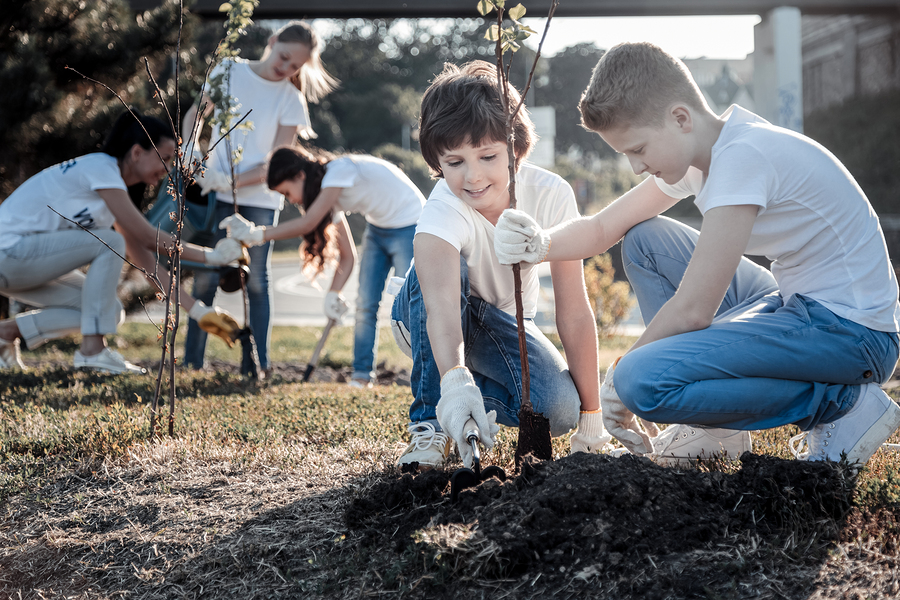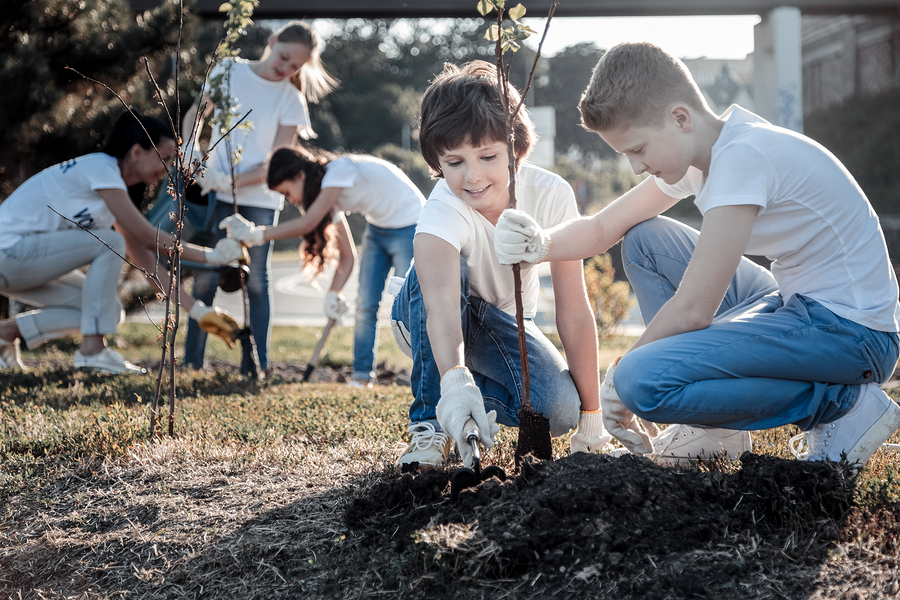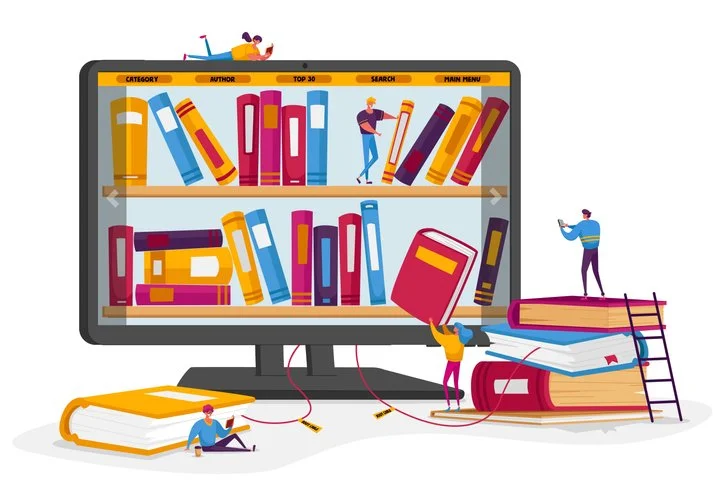The Service-Learning approach fosters active citizenship in students and develops their capacity for empathy and inclusion.
Human beings are programmed to be generous and serve others, reflected in students’ marvelous willingness to help. The implementation of the Service-learning methodology in my math class produced extraordinary results, revealing students’ intrinsic motivation to see their projects through and greater inclination to learn new things in class.
This educational approach fosters active learning through student participation in community action activities, allowing them to link, experientially, what they learn in the classroom with a real-life context, in a community, association, their school or subdivision – practically anywhere that there is a need. This article shares my experience and other examples of how little actions implemented by our students, regardless of their age, can generate significant changes.
“Students should decide who and how to help, so that it won’t be a teacher-imposed assignment. This will help to keep them motivated to achieve the proposed goal up to the final stage of the project.”
What is service-learning?
Service-learning is an educational proposal that combines learning and community service processes in a single, well-articulated project, in which participants learn by engaging in real contextual needs to achieve improvement (Service-Learning Promotion Center). I want to share a list of 60 good practices compiled by the Zerbikas Foundation for the implementation of service-learning, consisting of experiences applied at various educational centers and classified by students’ age. The idea is for students to learn while serving the community.
Every year, the Spanish Service-Learning Network, located in Spain, launches a call to recognize the efforts of primary, middle and higher education centers and social organizations that integrate learning with supportive actions to enhance a community’s quality of life. The categories include encouragement of healthy habits and obesity prevention; solidarity with the elderly; and promotion of reading, environmental protection, inclusion, migration and interaction, informal education, among others.
“Every project must have expected learning goals related to the course being taught and to the curriculum; otherwise it would just be community service, which is not the objective of this methodology.”
My experience with Service-Learning:
Community service experience
The institution’s seventh-grade students helped the low-income members of the community by providing consumer basket food and clothing items and recreation space. The students collaborated with Asociación Unidos por TI by raising funds to purchase these products.
What students learned
To buy the products mentioned above, the students studied the possibility of selling candy, healthy snacks and cupcakes during recess. They did the arithmetic in class, and the results made them realize that it would take them a long time to reach their goal with this plan. On asking them what other healthy, fun ways they could think of to raise more money, a student jokingly shouted, “A restaurant!” They all turned to look at me, and I said, “Why not?” That was sufficient to keep the students motivated throughout the event planning and implementation process. Such simple things that we never imagined doing in class can drive even the most reserved or indifferent of students.
As a result, the students organized an event that they called “A Night at the Restaurant.” It was a new experience for everyone. They asked for company sponsorships, designed a logo, created an advertising campaign on social networks, recorded and edited promotional videos, designed posters, and tickets for the event. They also defined the number of meals they had to sell and the number of servings they would require to attend and serve all the diners. They learned that in a team project everyone is connected, and if anyone makes a mistake or falls behind, everyone else will be held up, so we have to help each other and collaborate as a team.
The students linked previously acquired information with the experience, thus achieving meaningful learning. I still can’t forget the look of one student’s face when receiving the vegetable delivery the day before the event, and he said, “I got all that?” There were more than 20 cardboard boxes full of vegetables and all for free.
Some doubted they would be able to sell all the tickets for the event, but, in fact, they sold a hundred more tickets than first planned. In the end, the students managed to raise 36,000 pesos, which was used to buy the consumer basket products and embroidered scarves, and to organize a Christmas for this community last December.
Student evaluation
Student performance evaluation should base on the knowledge, skills, and attitudes acquired before, during and after the project. Self-evaluation is also recommended, comparing their results with those allocated by the teacher. This is the rubric that I used for “A Night at the Restaurant.” It can be adapted according to the project and skills to be developed.
Service-learning implementation challenges
-
Define a clear community service objective. Ideally, students should decide who and how to help so that it won’t be a teacher-imposed assignment. This will help to keep them motivated to achieve the proposed goal up to the final stage of the project.
-
Set the expected learning goals. Every project must have expected learning goals related to the course being taught and to the curriculum; otherwise it would just be community service, which is not the objective of this methodology.y.
-
Anticipate risk. Projects linked to a social association or group usually involve administrative processes that need to be taken into consideration. To avoid delays or changes to plans, students must find out about the required paperwork before starting the project.
-
Manage resources. If one of the project activities involves fundraising, students might not be able to raise all the money, in which case they might have to postpone the project or redefine the scope.
-
Delegate responsibilities. The idea of handing partial or full control over to the students can be scary for teachers. However, it is worth “loosening the reins” a little. Ultimately, the benefit will be even higher, since the students have to take responsibility for their actions and we can also lea
rn from them. -
Act as guides in the learning process. We can achieve a more significant impact by guiding students in their learning experience. If something goes wrong during the action, we can help them to reflect on how correct it, with the firm objective of trying again. The aim is for students not to become discouraged, but rather to view failure and errors as opportunities to grow.
-
Maintain a positive attitude. Unexpected changes will most likely be faced during the implementation of the project. Therefore, we need to maintain a positive attitude, be tolerant towards change and put our improvisation skills into practice. This will help to accomplish the successful completion of the project.
Service-learning is an innovative methodology that is easy to adapt with various educational proposals and in which students play the leading role in their learning process, both inside and outside of instructional time and space, thus developing self-knowledge and building citizenship, empathy and inclusion.
I want to invite you to embark upon this adventure together with your students and to follow me on Twitter @ErikaGuerraTrev
About the Author
Erika Patricia Guerra Treviño (erikaguerrat88@gmail.com) teaches mathematics and information technologies at Instituto Brillamont in San Pedro Garza García, N. L., Mexico, and is passionate about community service and social assistance projects. Google Certified Innovator #MEX18.
This article from Observatory of the Institute for the Future of Education may be shared under the terms of the license CC BY-NC-SA 4.0 
)
)











)
Kathia Rebeca Arreola Rodríguez
Kathia Rebeca Arreola Rodríguez
Kathia Rebeca Arreola Rodríguez